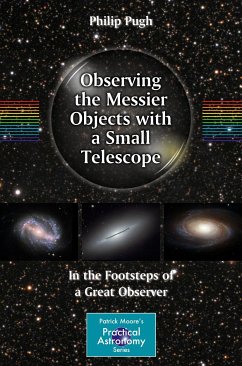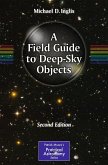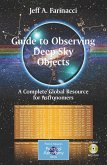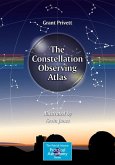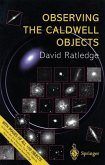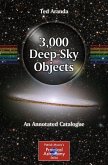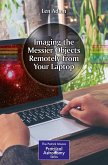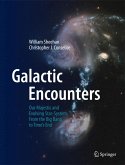This book contains descriptions and photographs of his 110 cataloged objects, with instructions on how to find them without a computerized telescope or even setting circles. Messier's telescope (thought to be a 4-inch) was, by today's amateur standards, small. It also had rather poor optics by modern standards. The visual appearance of a Messier object is often very different from what can be imaged with the same telescope, and this book shows what you can see with a small telescope or even binoculars!
Dieser Download kann aus rechtlichen Gründen nur mit Rechnungsadresse in A, B, BG, CY, CZ, D, DK, EW, E, FIN, F, GR, HR, H, IRL, I, LT, L, LR, M, NL, PL, P, R, S, SLO, SK ausgeliefert werden.
Hinweis: Dieser Artikel kann nur an eine deutsche Lieferadresse ausgeliefert werden.

